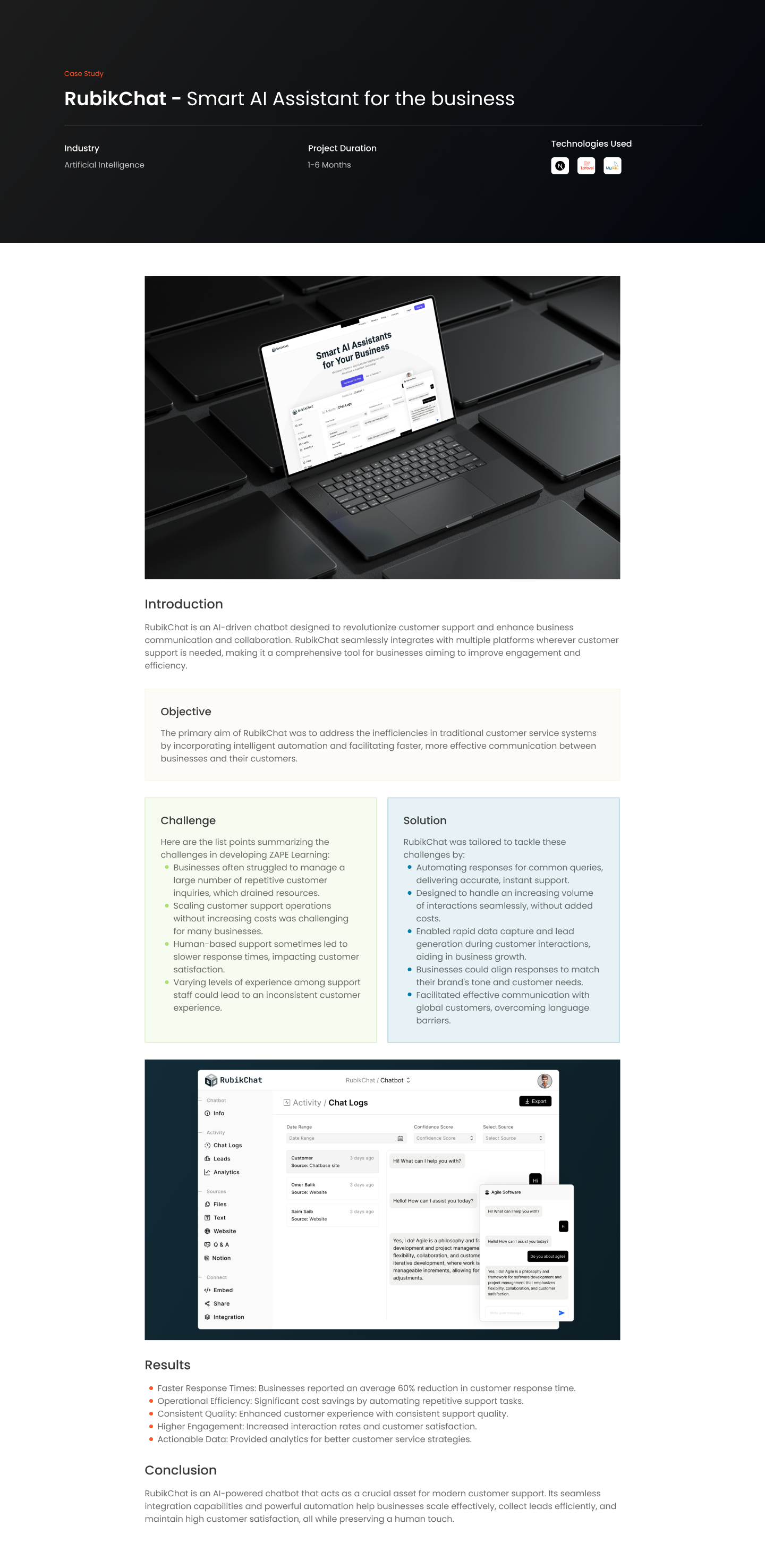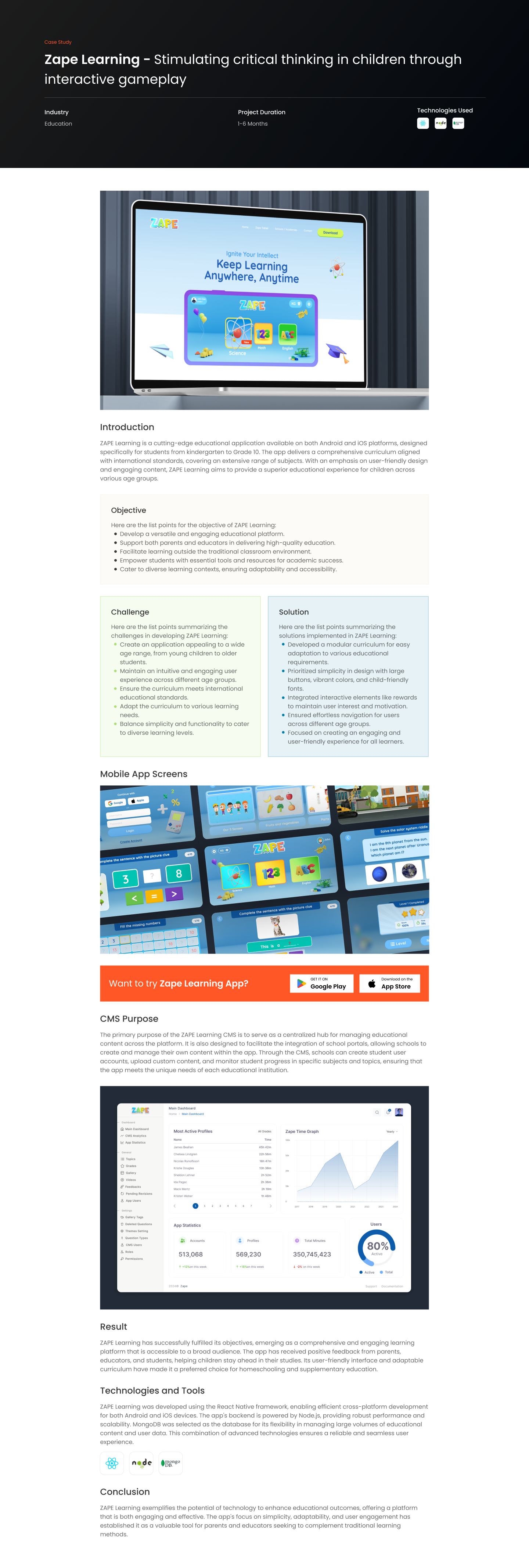Microservices architecture is a software design approach where an application is composed of small, independent services that communicate with each other through well-defined APIs. Each service is self-contained and performs a specific task.
Here is a brief overview of a typical microservices architecture:
- Client: The client is the user interface of the application. It is responsible for sending requests to the microservices and displaying the responses.
- API gateway: The API gateway is a single entry point for all client requests. It acts as a mediator between the client and the microservices. The API gateway can be used to route requests to the appropriate microservices, perform authentication and authorization, and aggregate responses from multiple microservices.
- Microservices: Microservices are the core of a microservices architecture. Each microservice is responsible for a specific task, such as managing user accounts, processing payments, or generating reports. Microservices are typically developed and deployed independently of each other.
- Database: Microservices can use a shared database or have their own private databases. If a shared database is used, it is important to implement mechanisms to ensure data consistency.
- Service discovery: Microservices need to be able to discover each other in order to communicate. This can be done using a service discovery registry.
- Load balancing: Load balancers can be used to distribute traffic across multiple instances of a microservice. This can help to improve scalability and performance.
Here are some of the key benefits of microservices architecture:
- Scalability: Microservices can be scaled independently, so you can scale up or down individual services as needed. This makes it easier to handle spikes in traffic or demand.
- Fault isolation: If one microservice fails, it does not bring down the entire application. This makes microservices more resilient to failures.
- Technology diversity: Microservices can be implemented using different technologies, which gives you more flexibility in your choice of tools and platforms.
- Agility: Microservices can be developed and deployed more quickly than monolithic applications. This makes it easier to innovate and bring new features to market faster.
- Maintainability: Microservices are easier to maintain than monolithic applications because they are smaller and more modular.
However, microservices architecture also comes with some challenges:
- Complexity: Microservices architecture can be more complex to design and manage than monolithic architecture. This is because you need to coordinate the interactions between multiple services.
- Data consistency: It can be more difficult to maintain data consistency in a microservices architecture. This is because data is often distributed across multiple services.
- Security: Microservices architecture can be more complex to secure than monolithic architecture. This is because you need to secure each individual service.
- Monitoring: It can be more difficult to monitor a microservices architecture. This is because you need to monitor each individual service.
Here are some additional things to consider when choosing between microservices architecture and other architectural styles:
- The size and complexity of the application: Microservices architecture is a good choice for large, complex applications that need to be scalable and fault-tolerant. However, it may not be the best choice for small, simple applications.
- The team’s experience and skills: Microservices architecture can be more complex to develop and maintain than other architectural styles. Therefore, it is important to have a team with the experience and skills necessary to implement and manage microservices architecture.
- The organization’s culture: Microservices architecture requires a culture of collaboration and communication. Therefore, it is important to make sure that the organization is willing to adopt this new way of working.
Overall, microservices architecture can be a good choice for large, complex applications that need to be scalable, fault-tolerant, and agile. However, it is important to carefully consider the challenges of microservices architecture before adopting it.











